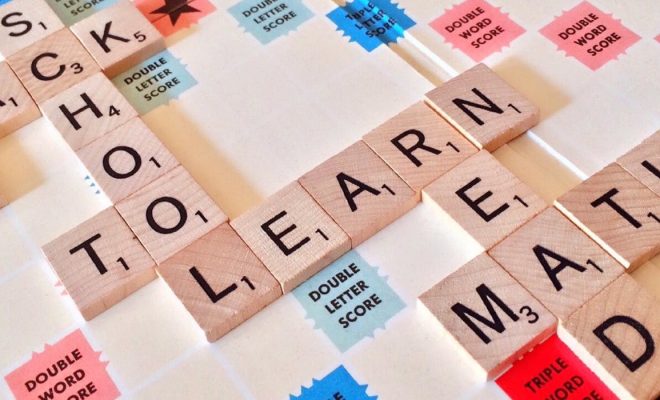Implementing the Four Parts of Explicit Instruction

Are you a teacher who is new to explicit instruction and needs help implementing it in your classroom? Then you have come to the right place. This article will tell you how to implement the four parts of explicit instruction into your classroom.
1. Model with clear explanations.
How: Explain or show the skill in the same way learners will practice it. Focus on the critical parts of the content you are teaching.
Why: When expectations are clear, it takes out the guesswork from learning. Plus, some learners may need to see a model several times. To decide if that’s necessary, check for comprehension by asking learners to help you do an example.
Planning Tips
- Make sure the skill you select to teach matches the learning outcome.
- Write a clear, concise explanation of the skill in your lesson plan.
- Double-check that your explanation includes each of the steps.
- Plan for several examples.
- Model the examples in the same way learners will practice it.
- Place a note in your plan to check for learners’ understanding periodically.
2. Express your thinking process.
How: While you are modeling, do a think-aloud of what’s happening in your mind. If you compare fractions, you may discuss how you recognized that the denominators are different. You might say, “I notice these 2 denominators are different. In this fraction, the denominator is a 6, but in this fraction, the denominator is a 5.”
Why: Learners who learn and think differently often don’t know how to begin a task or what to do when they’re stuck. Modeling self-talk can be helpful for these learners.
Planning Tips
- Script how you will express your thinking. Don’t write out everything, but it’s essential to have your most essential points planned.
- Think of places where learners might get stuck. Plan how you’ll work through those tricky areas.
3. Provide chances to practice.
How: During guided practice, you may work through many problems as a class and either pre-correct or correct errors as they happen. Guided practice is your chance to ensure that every step is clear to learners so that they are ready to work independently. If learners haven’t grasped the skill, you can model or verbalize it again.
Once learners are successful with guided practice, move forward with independent practice. Resist the urge to introduce difficult content. Instead, focus on independent practice assignments that align with the skill you modeled. Learners should master the assignments during independent practice about 90 percent of the time.
After independent practice, perform a cumulative review of learned skills. The review will help learners gain and retain automaticity with the skills.
Why: Learners need to practice a skill for it to remain in their long-term memory. Guided and independent practice and cumulative review can help this process.
Planning Tips
- Plan enough time for several chances to practice.
For guided practice:
- Plan practice activities that students will be successful with.
- Script your prompts, and remember that you may need to adjust your script at the moment to meet learners’ needs.
For independent practice:
- Review expectations and the resources learners will utilize before beginning.
- Design chances that you feel learners will be able to work on without support.
Use several ways of getting learner responses during practice to check the learner’s understanding. For instance:
- Plan for verbal responses, such as choral responses.
- Plan for written responses, such as “stop and jot” or writing a response on dry-erase boards.
- Plan for physical responses, such as nonverbal signals.
Cumulative review:
- Identify the set of skills necessary to meet the learning goals.
- Plan strategies to review previously taught skills that ladder up to the new skills you’re teaching.
- Plan strategies to review the newly acquired skills or info.
- Keep the cumulative review brief and focused.
4. Give feedback.
How: As your learners engage in guided and independent practice, give them immediate and actionable feedback.
Why: A quick response will guide learners to success and will reduce the chance that they’ll practice a skill or strategy with errors.
Planning Tips
- Make a note of times in the lesson when you’ll be able to move about the room to make informal observations of learners.
- Attach a sheet of paper with your learners’ names to a clipboard.
- Leave time to deliver specific feedback to each learner.
- Write a note in your plan to analyze learner data after the lesson. You’ll want to utilize the data to make decisions about what instruction a learner needs next.






